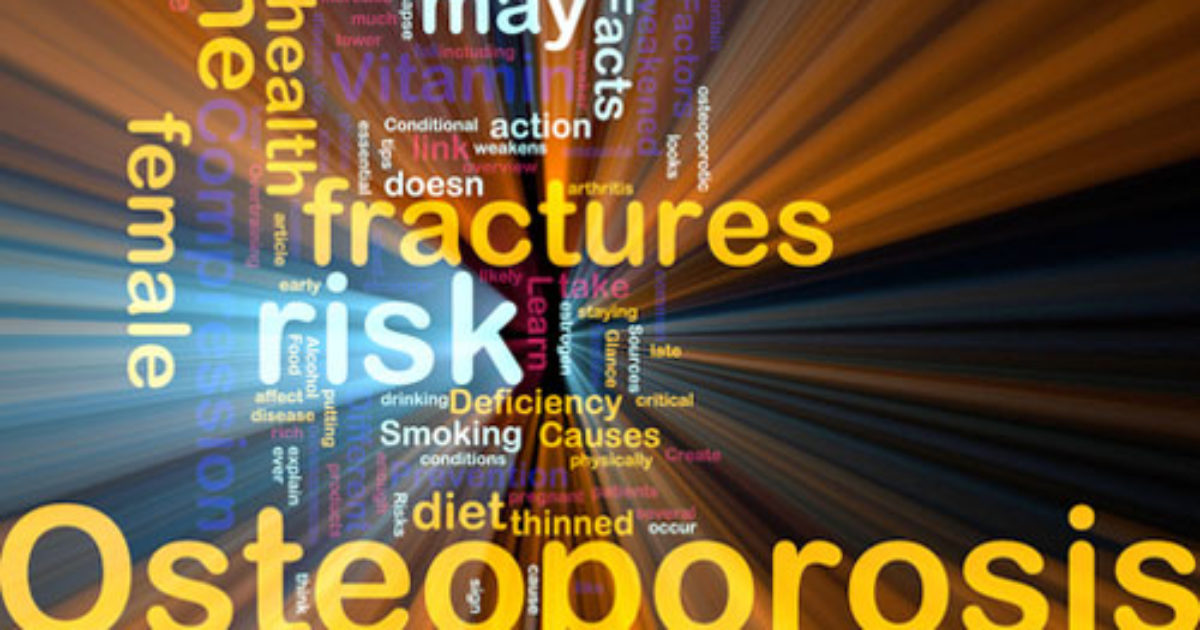
May 11, 2015 - TCO
What is Osteoporosis?
Osteoporosis is disease of bones resulting in a loss of bone mass and bone strength. People with osteoporosis are prone to fracture and may break a bone with minimal trauma. Many of these fractures may be preventable. Identification of those at risk and those with osteoporosis will allow proper treatment. Treatment allows prevention or even reversal of this disease.
A significant part of my practice, as an Orthopaedic Surgeon, is treating patients who have sustained an osteoporotic fracture resulting from relatively minor trauma. Unfortunately, I am not often involved in a patient’s care until that moment of need. It is my practice to treat these injuries and, in conjunction with a primary care physician, develop a treatment plan to heal the injury and prevent future fractures. The following is some information on how to diagnosis and treat osteoporosis.
Things you can do to maintain bone health:
- Get enough calcium or vitamin D
- Eat plenty of fruits, vegetables, lean meats
- Be physically active
- Don’t smoke
- Limit alcohol use
- Maintain a healthy weight
- Reduce hazards in your home that could increase your risk of falling
- Talk to your physician about medications that treat osteoporosis
- Be aware certain medications and diseases can cause bone loss and increase the risk of osteoporosis— talk to you medical provider
Things you cannot control:
- Age greater than 50
- Female gender
- Menopause
- Family history of osteoporosis
- Low body weight
Diagnosing osteoporosis:
Your medical provider may use the following information and tests to help make an accurate diagnosis:
- Medical history
- Physical examination
- Bone density test (DEXA scan)
- FRAX score
- Laboratory tests

